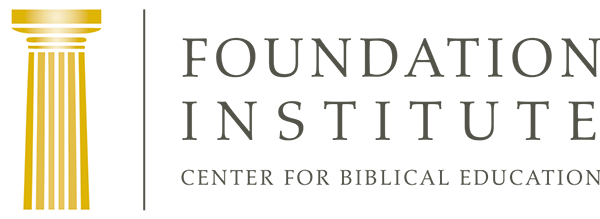What Can We Learn From the Consecration of the Priests?
Written by Tom Clark
We know the Old Testament contains valuable lessons for the Church today. But is it possible there are some lessons we’ve not focused on?

The experiences of Old Testament Israel were recorded so that we, God’s people, could learn from them today (1 Corinthians 10:11). The ceremonies and sacrifices of the tabernacle (and later the temple) foreshadowed future events, such as the sacrifice of Jesus Christ for the sins of mankind. Even seemingly small events were intended to teach important lessons.
Consecration of the priests
Consider the ceremony involved in the consecration of the Levitical priesthood, beginning with Aaron and his sons. The ceremony is described at the beginning of Exodus 29. The Hebrew word for “consecrate” means “to fill” or “fill the hand.” It was God’s intent that the priesthood would “fill” themselves with the work God set aside for them. The consecration ceremony was designed to physically demonstrate that.
Part of this ceremony involved bringing a ram before the door of the tabernacle, having Aaron and his sons lay their hands on its head and then sacrificing the ram. After the sacrifice, some of its blood would be dabbed on the tip of the right ear, the thumb of the right hand and the big toe of the right foot of Aaron and his sons. Afterward it was to be sprinkled on and around the altar (verse 19).
Blood on the ear, thumb and toe?
Why was the blood dabbed in these places? Is there symbolism here we could easily read right over? Is there a lesson here?
Adam Clarke’s Commentary on the Bible states that this ceremony was “doubtless intended to signify that they should dedicate all their faculties and powers to the service of God.” They were being set apart for special service to God—and He expected them to be fully immersed and completely engaged in this work.
Doesn’t He have the same expectations of us? We have been called to be kings and priests (Revelation 5:10). We will serve as priests to God forever. It is part of the job we are in training to do after the return of our older Brother.
Let’s look at the symbolism more closely.
Symbolism for the Church today
Right side. Because most people are right-side dominant (hand, foot and even eye), the right side is considered the side of strength. Throughout the Scriptures, the right hand is emphasized. For instance, when Joseph brought his sons to be blessed by his father, he wanted the older to be at his father’s right hand—which represented the greater (or stronger) blessing. So the right side signifies that this task is to be done with all our strength.
Ears. Our ears (and our minds) must be tuned into the words from God. We have to “hear” God’s Word before we can believe and act on it (Romans 10:14). As a member of that kingdom of priests, we are required to be intently listening to God. That is done in large part through our daily personal Bible study, but also through the sermons, sermonettes and Bible studies we hear.
God speaks to us in multiple ways—but are we listening? He intends that we hear, understand and bear spiritual fruit (Matthew 13:23).
Thumb. The marvelous design of having opposable thumbs makes our hands so much more useful! We can grasp and manipulate tools in ways that would not be possible without a thumb. All one has to do is injure it to understand just how valuable it is.
Our thumbs allow us to work harder and more effectively. Try starting a screw in a hole or threading a needle or starting a nut on the end of a bolt without using your thumb. It can be done, but it is much harder and more time-consuming!
The blood on the thumb signifies that God wants us to use the tools He gives us and put them to work in our lives. The Bible is likened to a sword (Ephesians 6:17; Hebrews 4:12), and a sword can only be effectively used with a thumb! So we are to work in a dedicated manner to use the sword of God’s Word to become more like God. We can never be an effective priest in God’s hands if we don’t acquire His nature!
Big toe. Your big toe has a major impact on your ability to walk and run. Once again, injure that toe so you can’t put weight on it, and you’ll discover how much it affects your walking and balance!
The blood on the toe signifies that we are to walk uprightly through life. Where we go and how we live must all be guided by God’s truth. We are to walk in a manner that is an example to those around us (Matthew 5:16; 1 Peter 3:1-2).
Live Christianity with all your might!
We’ve been called to become kings and priests. We are now learning to listen to God, to effectively take advantage of His calling and to walk in His ways. Learning these lessons will help us be not only better examples to people today, but better kings and priests in the Kingdom of God.
Are you listening to, working with and walking in the ways of God?
To learn more, read our article on the book of “Numbers.”










